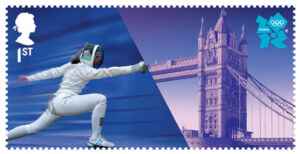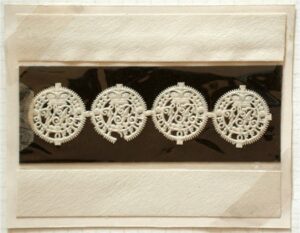
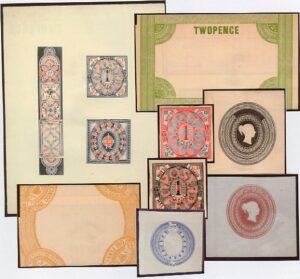
Stamps were like that too. Rowland Hill’s wonderful idea was to create essentially a new form of money for the prepayment of postage – money that could be stuck onto an envelope and then devalued (cancelled) when it was used. His first designs for the stamps looked a bit like stock certificates (the so called Treasury Competition essays of Great Britain). But the idea for a stamp w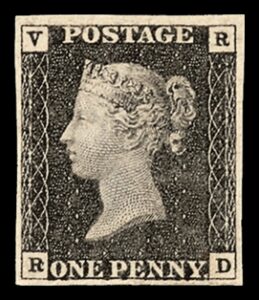
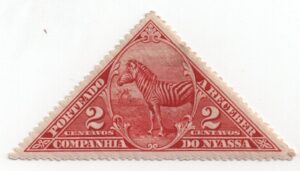
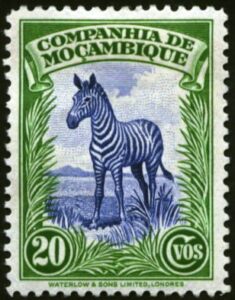

For many collectors, there period 1900-1950 is the most interesting era of stamp issues. Designs were experimental-some were beautiful, some quite silly- but with stamp design freed fr